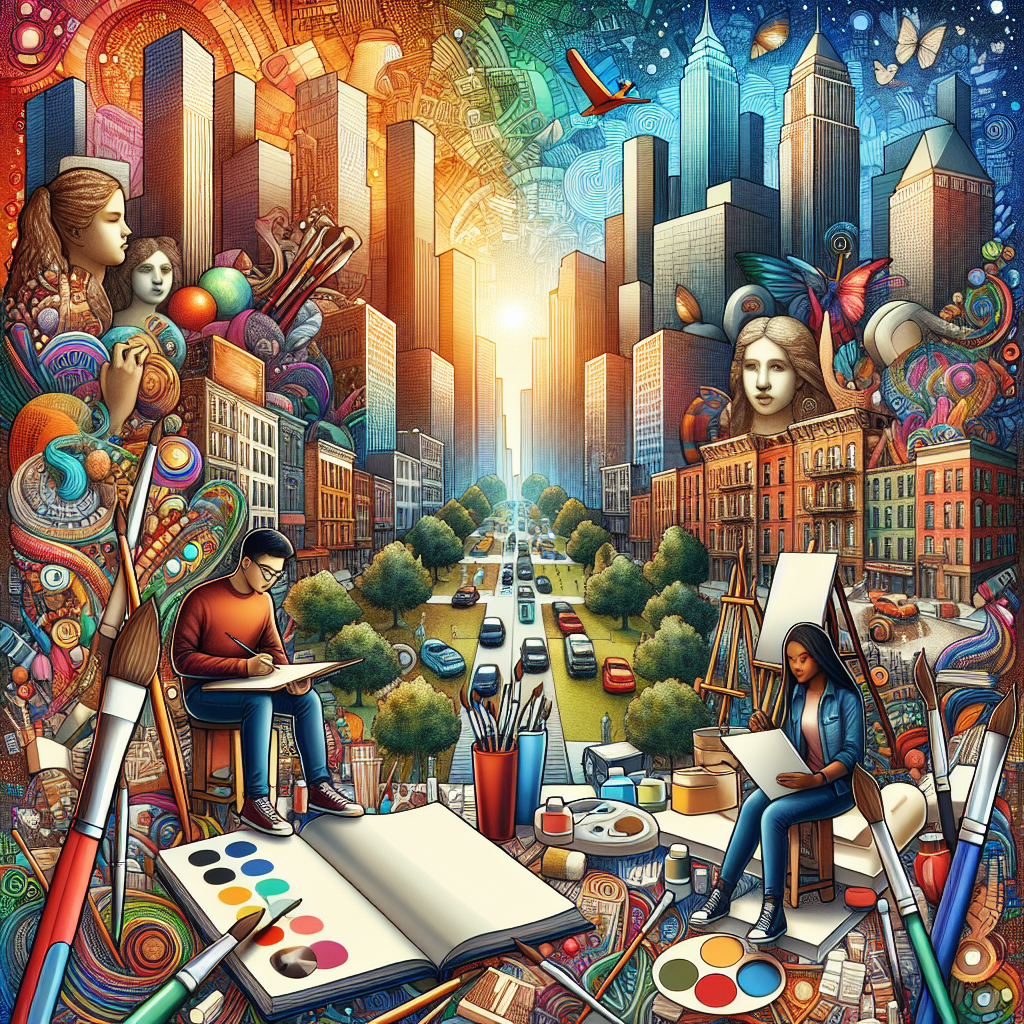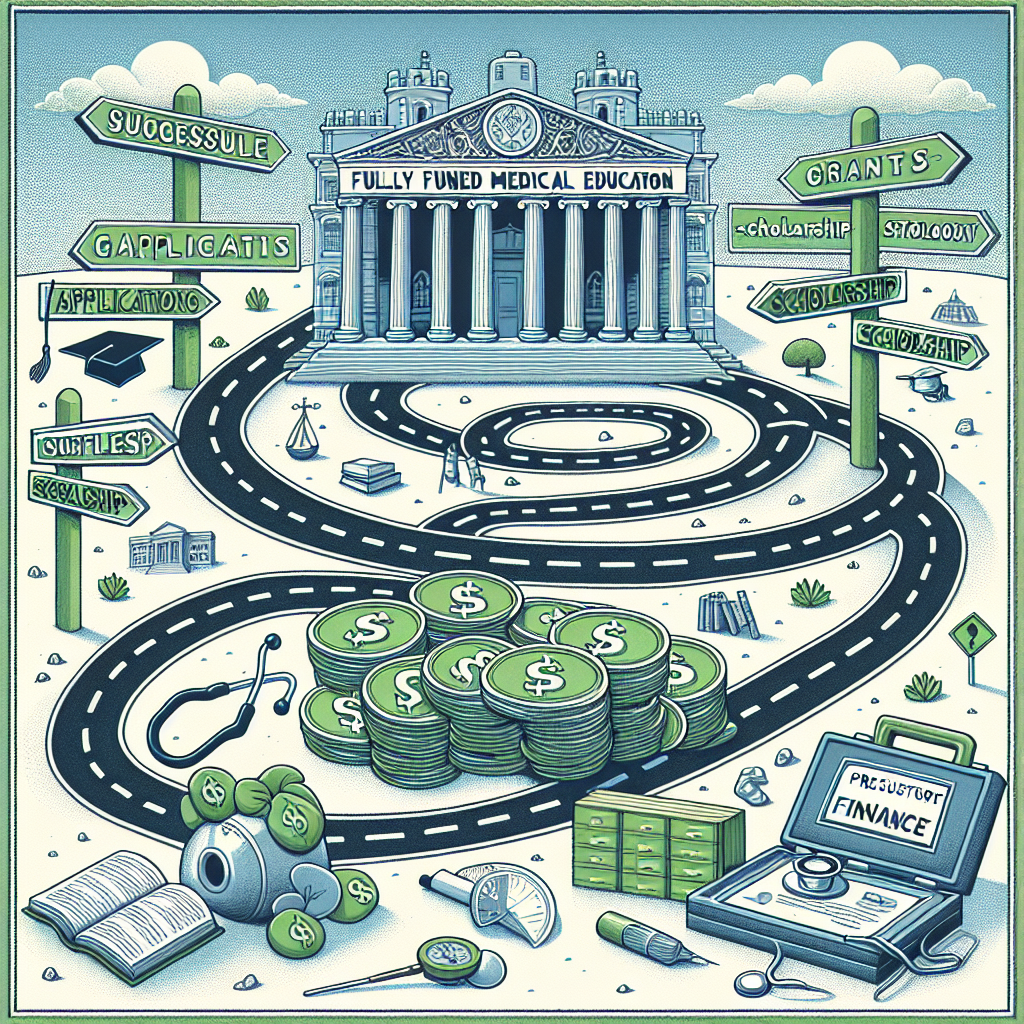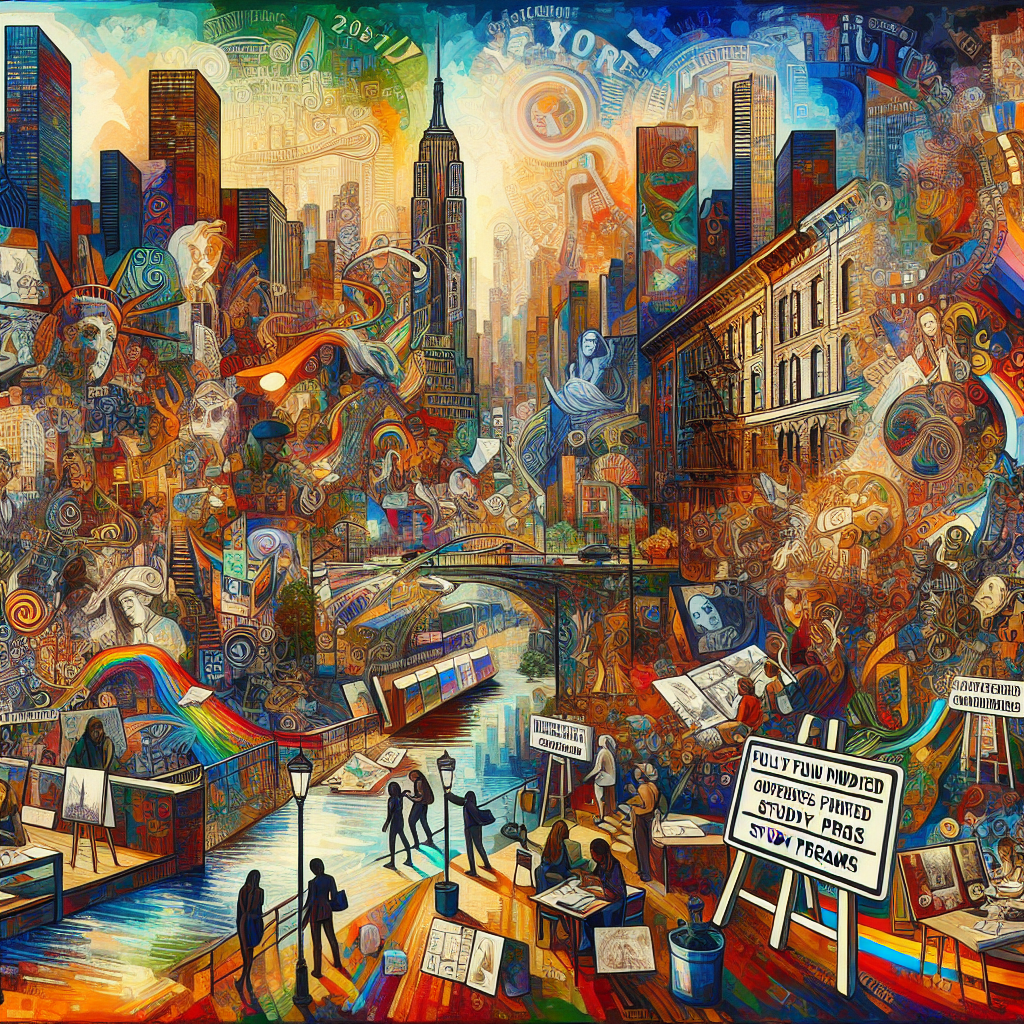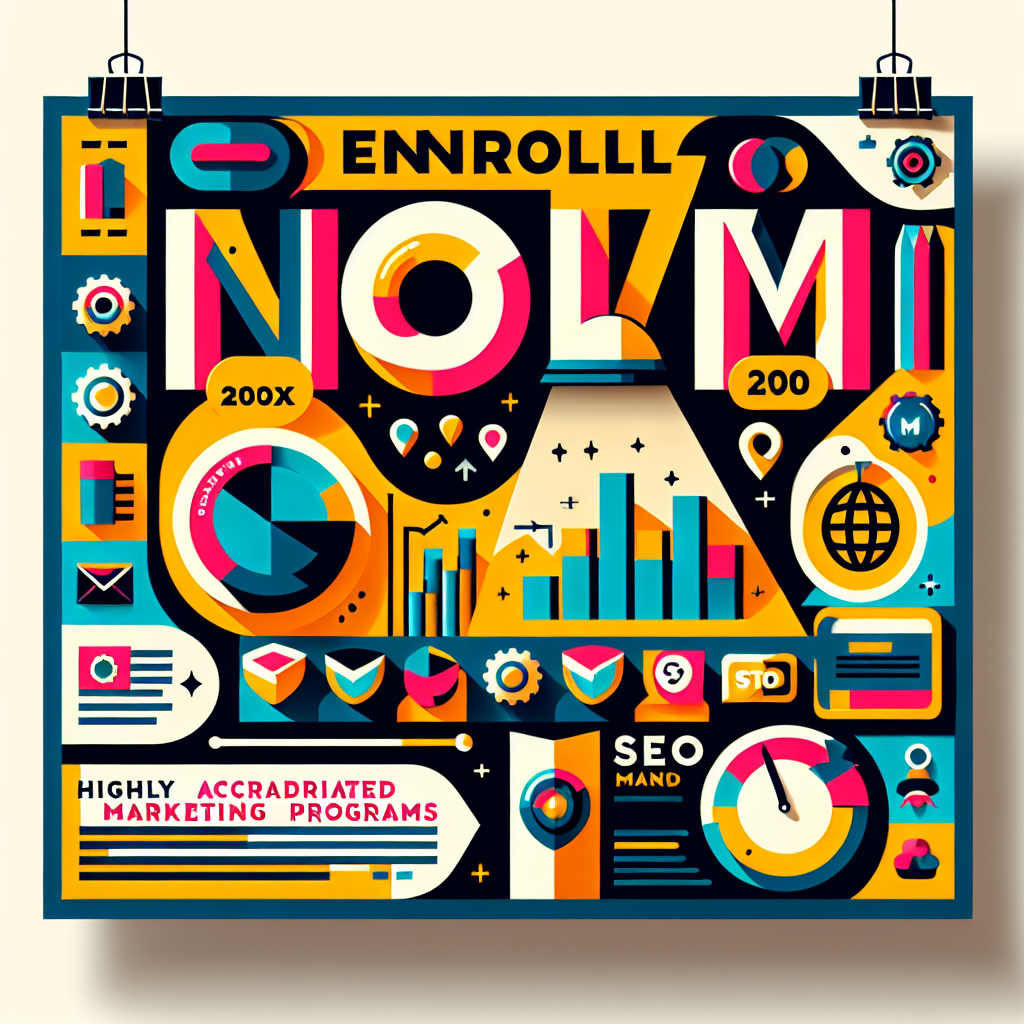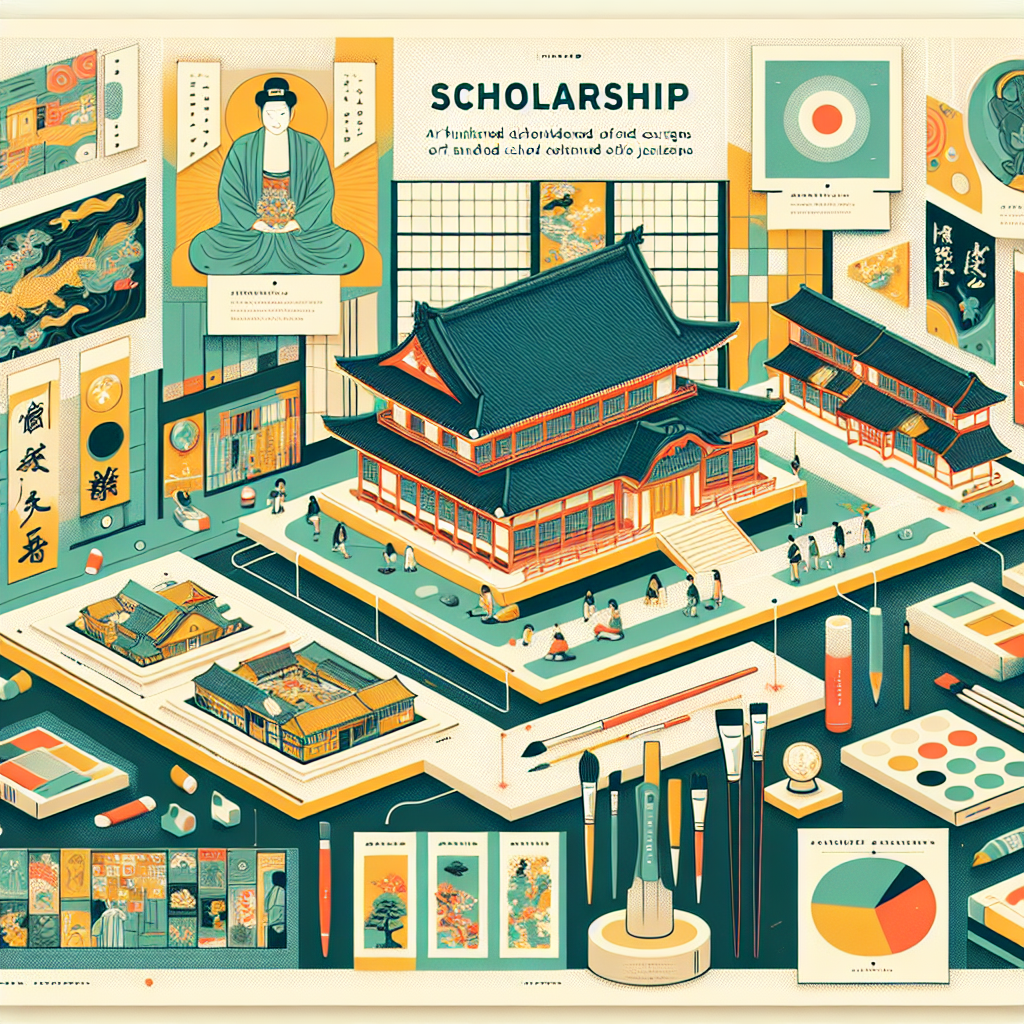
Art is more than just a form of expression; it serves as a bridge connecting cultures and ideas. For aspiring artists around the world, particularly those interested in Japanese culture, funded art courses in Japan offer an incredible opportunity to learn and grow. This article will delve into what these programs entail, who offers them, and how to apply. Additionally, we will provide insights into the artistic landscape in Japan and how various institutions support international students. Whether you are a student, emerging artist, or simply curious about art education, this guide will illuminate the pathways available to you.
funded art courses are educational programs that cover all expenses, including tuition, travel, and living costs. These opportunities often stem from scholarships, grants, or sponsorships aimed at fostering cultural exchange. In Japan, several prestigious institutions, such as Tokyo University of the Arts and Kyoto Seika University, offer comprehensive programs tailored for international students. These institutions not only provide rigorous education in various art forms—from painting and sculpture to graphic design—but also immerse students in Japanese art culture, which draws on centuries of tradition and innovation.
Moreover, funded courses can also include workshops guided by professional artists and collaborative projects with local communities. This hands-on experience is invaluable, as it allows students to apply their skills in real-world contexts and broaden their perspectives. The integration of cultural experiences gets students to explore Japan’s rich cultural heritage, thereby enhancing their artistic journey.
A variety of institutions in Japan provide funded art courses. Notably, the prestigious Tokyo University of the Arts offers the \'Japanese Government (MEXT) Scholarship\' for international students. This scholarship encompasses various disciplines, including Fine Arts and Music, allowing scholars to acquire a deep understanding of Japan\'s artistic philosophies and practices. Another institution, Kyoto Seika University, is renowned for its dedicated art programs and offers the \'International Art Program,\' which also includes scholarships for outstanding international candidates.
Additionally, the Japan Foundation frequently supports funded art initiatives that target both emerging and experienced artists. By sponsoring workshops and residency programs, it enables participants to engage with Japanese artists and communities, fostering a rich intercultural dialogue. Such institutions actively encourage creativity and expose students to contemporary Japanese art movements, offering them an invaluable perspective on modern-day Japan.
Applying for funded art courses in Japan can be competitive yet rewarding. Each institution has its own set of eligibility criteria and application processes. Typically, applicants must demonstrate proficiency in their chosen medium, submit a portfolio of their works, and provide letters of recommendation. Some programs may require knowledge of the Japanese language, while others offer courses in English.
Most funded opportunities also look for a strong academic background, which may include transcripts and a personal statement outlining one’s artistic journey and career aspirations. It is advisable to start preparing early. Crafting an impressive portfolio takes time, and refining your artist statement or motivation letter is crucial to distinguish oneself from other applicants. Keep an eye on deadlines, which can vary significantly between programs, and ensure all components of the application are meticulously completed.
Studying art in Japan goes beyond conventional learning. The rich culture, historical context, and local traditions offer a unique lens for artistic interpretation. Students are often encouraged to engage with Japanese customs and practices, which can profoundly impact their work. For instance, incorporating traditional Japanese materials, techniques, or even philosophies can lead to innovative creations that bridge different cultures.
Moreover, interactions with local artists, galleries, and exhibitions help broaden students\' artistic horizons. For instance, attending art fairs or gallery openings not only presents networking opportunities but also exposes students to contemporary trends in the art world. These experiences are a catalyst for creative inspiration, encouraging artists to push boundaries and redefine their work. Engaging with a cultural milieu that celebrates collaboration and interdisciplinary approaches can lead to significant artistic growth.
Many artists who have participated in funded art courses in Japan have gone on to make significant contributions to the global art landscape. One poignant example includes former students who utilized their experiences to showcase cross-cultural artworks that blend Western styles with traditional Japanese techniques. These artists often express how immersive experiences in Japan transformed their artistic approaches and offered new avenues for expression.
Alumni frequently emphasize the importance of the connections they made during their time in Japan. Lasting friendships with peers from around the world, as well as mentorships with established Japanese artists, have formed networks that support these individuals in their subsequent artistic careers. Through various platforms—exhibitions, online portfolios, and social media—these emerging artists are successfully sharing their work with a broader audience, highlighting the lasting impact of their time studying in Japan.
funded art courses in Japan present unique opportunities for aspiring artists to explore their creativity while immersing themselves in rich cultural experiences. From understanding the application process to appreciating cultural integration and witnessing the success stories of past participants, these programs pave a path for artistic and personal growth. Japan\'s commitment to fostering international artistic dialogues enriches the global art landscape, allowing for cultural exchanges that inspire the next generation of artists. For those interested in art, these courses are not just educational experiences but gateways to a world of creativity and collaboration.


